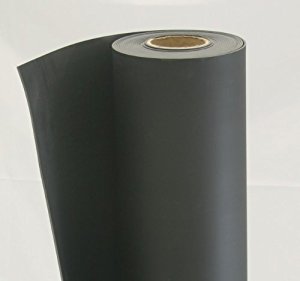
The easiest way to fix this to the wall is to build several small wooden frames and then hang these on the wall. Both of these products are made from incredibly dense materials that aren’t too thick, meaning you get much more out of them without taking up too much space. Instead, tr y a double layer of mass loaded vinyl or vehicle sound deadening mats. However, drywall isn’t very dense, and if you’re wanting your room to be as soundproof as possible, then you might as well try something else. The cheapest option is to add more drywall, which will make some difference. Next, we need to add more mass to the walls, as this will help block sound waves. Replace the original drywall with a new piece, or with some acoustic plasterboard if you can afford it. While standard thermal insulation, such as fiberglass or recycled cotton, will work, it’ll be much more effective to use acoustic insulation.Ĭheck out my top recommendations for insulation materials. It doesn’t really matter which side, but I’d recommend working inside the room you want to soundproof because you’ll likely be adding more drywall later. Start by ripping off one side of the drywall. Just be aware this does still involve ripping down half the wall, so be prepared to get messy! Step 1: Adding insulation We’ll start with soundproofing an existing stud wall because this will probably be the best option for most people. However, if you don’t have the option of ripping the wall down, you can definitely improve an existing wall. If you’ve got the time and the budget then I’d recommend building a new wall from scratch because this will allow you to use the best soundproofing solutions. There are 2 main ways to soundproof a stud wall: soundproof an existing wall or build a new one. All of these principles are used in my simple guide below. Combining these 3 principles will increase sound absorption while also treating any noises that make it through the barrier. This is basically all the science you need to know for effectively soundproofing a stud wall. Similarly, adding insulation increases mass, and also means there are fewer flat surfaces for the sound waves to bounce off. This is achieved through insulation, which reduces reverberation, meaning sound waves can’t echo. The final relevant principle is sound dampening. To know more about staggered studs and how it will help you in soundproofing, read my article. This is one of the most effective methods of soundproofing a stud wall, but also the biggest project. One option, for example, is to fit the drywall to staggered studs so that each side acts as a separate wall. This basically means isolating each side of the wall so that it’s harder for vibrations to pass through. There are various ways to add mass to the stud wall, and I’ll cover these in more detail later. Mass helps to absorb the sound waves and will block them from travelling through the wall. The first principle to soundproofing a stud wall is adding mass. Once inside this sealed cavity, the sound waves can echo and become louder. Sound waves, from both airborne and impact sources, enter the wall cavity quite easily through the drywall. Most stud walls will have an empty cavity between the two sheets of drywall, while some might have fiberglass insulation. Stud walls consist of vertical wooden planks (the studs), which have a sheet of drywall on each side. In this article I cover a simple guide to soundproofing a stud wall, along with the science behind why this is so important and the best ways to do so. If you feel this is outside of your ability but you’re serious about soundproofing, consider hiring a contractor, although this will cost more money. While my guide to soundproofing a stud wall is relatively simple, you will need some construction knowledge and the necessary materials. To soundproof a stud wall effectively, it’s best to rip it down and rebuild it completely, although you will get results from less invasive methods.

The simplest way of soundproofing a stud wall is to isolate each side of the wall and add lots of mass. Luckily, it’s possible to soundproof a stud wall, although it will take a bit of DIY knowledge. While they’re quick and easy to put up, they’re really not very soundproof.

Stud walls are the most common type of interior wall.


 0 kommentar(er)
0 kommentar(er)
